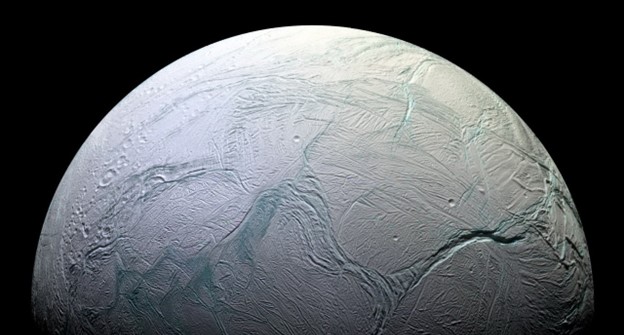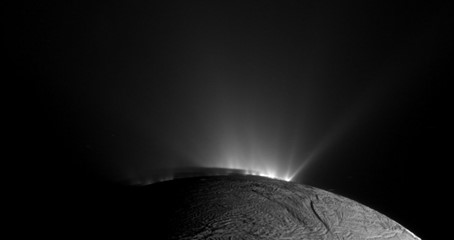by Rida Fatima
How many other ‘Oumuamuas’ could there be in and around the solar system?
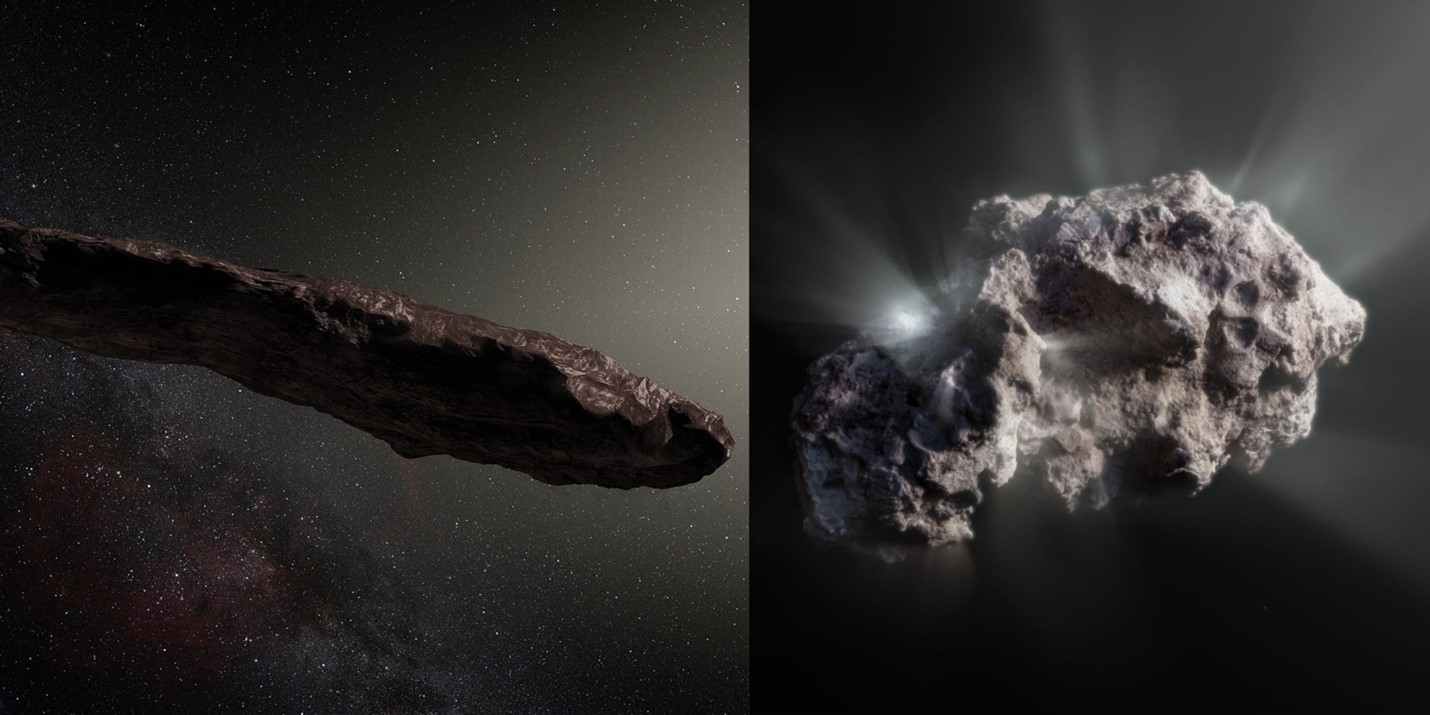
(Figure 1: Rendering of Oumuamua & An artist’s impression of the interstellar comet Borisov ESO/M. Kormesser)
Astronomers found an extraterrestrial intruder between 100 and 1,000 metres long in our Solar System in late 2017. A long, narrow slab of rock was named Oumuamua. It was observed as travelling on a track that suggested it was merely passing through our Solar System on its route into the interstellar space. In October 2019, Comet 2I/Borisov flew through our Solar System on a path that showed it had come from somewhere other than our cosy little stellar neighbourhood. The astronomers who observed this comet from a closer perspective labelled Borisov as a “rogue comet”. The presence of these objects tells us that our Solar System is not isolated from the rest of the galaxy.
A Harvard study indicated that there could be around 4 quintillion interstellar objects roaming within our solar system. Almost all of them are visitors from another star present in the Milky Way, and each one was possibly manufactured artificially. The distance between our solar system and its nearest cousin, Proxima Centauri, is significantly greater than the size of our entire solar system. Finding any of the 4 quintillion probable mysterious things for closer examination could be quite difficult.
Harvard astronomer Avi Loeb and his colleagues began with all of the interstellar objects observed by astronomers in the solar system. In other words, these are artefacts that could have originated by an extraterrestrial civilisation just beyond the range of our space probes and telescopes. Apart from Oumuamua, there are few highly potential interstellar visitors that might have arrived from some other star system, the interstellar meteors CNEOS 2014-01-08 and CNEOS 2017-03-09, as well as the interstellar comet Borisov. New telescopes, such as NASA’s James Webb Space Telescope, allow us to peer deeper into the darkness of the deep space and also the outer solar system. It enables the recognition of ever-smaller objects, and to distinguish between local and possible interstellar visitors.
Loeb also mentioned the Vera C. Rubin Observatory, which is now under development in Chile, which is scheduled to open in 2023. This observatory will be capable of observing the entire southern sky every 4 days through its 3.2-billion-pixel camera. “A high-resolution scan may reveal bolts and screws on the surface of a manufactured object and differentiate it from a nitrogen glacier, a hydrogen iceberg, or a dust bunny,” added Loeb.
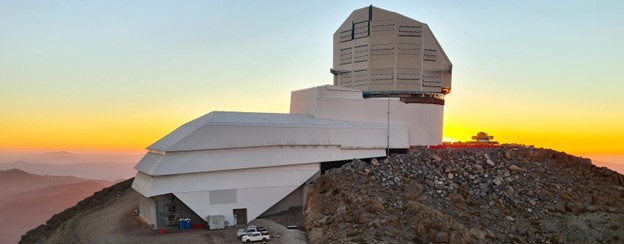
(Figure 2: Twilight photo of Rubin Observatory taken in April 2021. Credit: Rubin Obs./NSF/AURA)
Interstellar Objects Should get Pulled Into our Sun’s Gravity
“If you can observe a sizable population of trapped objects, we’ll have a significant amount of data about how many there are in the Milky Way floating around. It will help us to find the composition of the different solar systems from where they are coming from,” says astronomer and statistician Jorge Pearrubia of the University of Edinburg. “And if that’s the case, it’ll be fascinating to learn about the features of those solar systems in the past, as well as their age distribution.” Pearrubia used a horrifying amount of algebra to predict how the gravity of our Sun and Milky Way’s gravity effect interstellar objects that approach our Solar System.
As Oumuamua the interstellar rock approaches the centre of our galaxy, it comes close to a star system with 8 planets and a cluster of smaller debris orbiting a yellowish star, the sun. The Milky Way’s gravity tends to slow the rogue asteroid. The speed of Oumuamua will be reduced enough for the Sun’s gravity to grasp and tug it in for a brief circular dance. Our newly acquired interstellar visitor, however, has not fallen into a stable orbit. Instead, it will only last a few rounds, if that, before the Sun slings it back out into intergalactic space with more energy than before the meeting. In other words, it will wind up in a higher, speedier orbit around the core of the Milky Way.
Detection of Interstellar Visitors
Perhaps the NASA’s JWST cannot reveal the majority of the Oort Cloud because even James Webb’s strong instruments cannot detect the small, frigid things out there in space. However this telescope isn’t our exclusive chance to discover and follow the relatively tiny objects that live on the outskirts of our Solar System. In surveys such as the Sloan Digital Sky Survey and the Catalina Sky Survey, astronomers frequently discover previously unrecognized comets. The ESA’s Gaia Observatory and the Vera Rubin Observatory will also aid in the discovery of new comets, perhaps expanding our present list by several orders of magnitude.
Is this Mini Asteroid our First Interstellar Visitor?
The 3-foot-wide mini-asteroid reached Earth’s atmosphere on January 8, 2014, at a rate of 134,200 mph (216,000 km/h). Furthermore it took an unusual path, implying that it came from beyond the solar system. The authors of the new research concluded the tiny asteroid was, indeed, a newbie into the sun’s part of the Milky Way galaxy by simulating the rock’s route into the past and examining its gravitational impacts with 8 planets in the solar system.
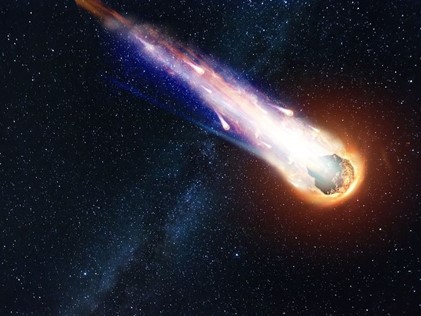
(Figure 3: An artist’s conception of a meteor/Image Credit: Shutterstock)
The confirmation makes the rock, dubbed CNEOS 2014-01-08, the first confirmed visitor from interstellar space, hence predating the famed ‘Oumuamua, which flew by Earth in 2017. The second cosmic object comet Borisov, was detected only one year later. Because of the short time span between those findings, astronomers believe that smaller interstellar rocks, only a few feet or tens of feet across, must be far more prevalent in the solar system. They believe even often they cross paths with Earth.
Conclusion
The researchers also speculate that the occurrence of interstellar space rocks throughout Earth’s history may indicate that the origins of life that emerged on our planet in the last 3.5 billion years came from another star system. Astronomers hope to discover that the composition of interstellar objects differs from that of the Solar System. If that is the case, it will open some astonishing doors in unravelling the secrets of the vast and dark universe. It will, for example, assist us in studying the composition and potential indicators of life outside our solar system.
Bibliography
- Axe, D. (2022, Oct 27). There May Be 4 Quintillion Alien Spacecraft Buzzing in Our Solar System . Retrieved from thedailybeast.com: https://www.thedailybeast.com/harvard-astronomer-avi-loeb-says-there-might-be-4-quintillion-alien-spacecraft-in-our-solar-system
- NASA. (2017, November 20). Solar System’s First Interstellar Visitor Dazzles Scientists . Retrieved from nasa.gov: https://www.nasa.gov/feature/solar-system-s-first-interstellar-visitor-dazzles-scientists
- OUR SOLAR SYSTEM MAY BE SURROUNDED BY A HALO OF 10 MILLION INTERSTELLAR OBJECTS . (2023, Jan 19). Retrieved from Inverse: https://www.inverse.com/science/new-oumuamua-interstellar-objects
- Quach, K. (2023, Jan 27). Truck-size asteroid makes one of the tightest fly-bys of Earth ever recorded . Retrieved from theregister.com: https://www.theregister.com/2023/01/27/asteroid_2023_bu/

